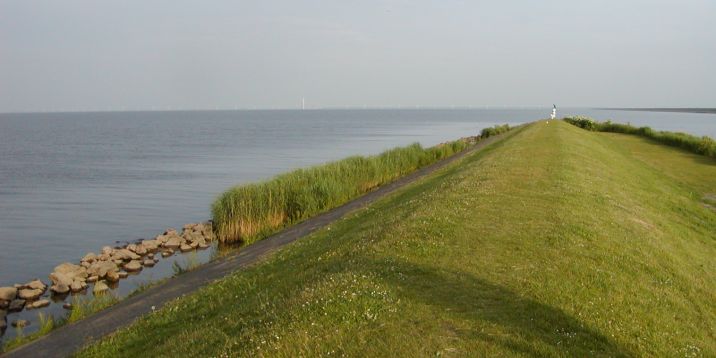What is EA?
Environmental Assessment
Environmental Assessment (EA) provides the information needed to allow full consideration of environmental interests in decisions on plans and projects, likely to have significant environmental impact. The central goal of environmental assessment is to ensure that environmental information is of good quality and timely available, so it can be effectively utilised in the decision making procedure.
Environmental assessment can be undertaken at two levels
- For individual projects where it concerns for instance a dam, motorway, airport or factory, it is called Environmental Impact Assessment (EIA).
- For plans, programmes or policies such as for instance a land use plan, an energy development plan, or a sustainable development plan it is called Strategic Environmental Assessment (SEA).
Strategic Environmental Assessment in the Netherlands
Strategic Environmental Assessment (SEA) focuses on consideration of environmental consequence for plans and programmes, with specific emphasis on environment in the strategic phase and possible negative effects on European protected Nature 2000-area’s. On 28 September 2006, the Dutch government implemented the EU SEA-directive. As is the case in the EU directive, SEA is obligatory for statutory or compulsory administrative plans:
- that form the framework for future decisions subject to EIA or
- that require an appropriate assessment on the basis of the Dutch Nature Conservation Act.
Netherlands Commission for Environmental Assessment
The Netherlands Commission for Environmental Assessment (NCEA) prepares mandatory and voluntary advisory reports for government (national, provincial and local) on the scope and quality of environmental assessments.
Infographic on public participation in environmental assessment (in the Netherlands)
